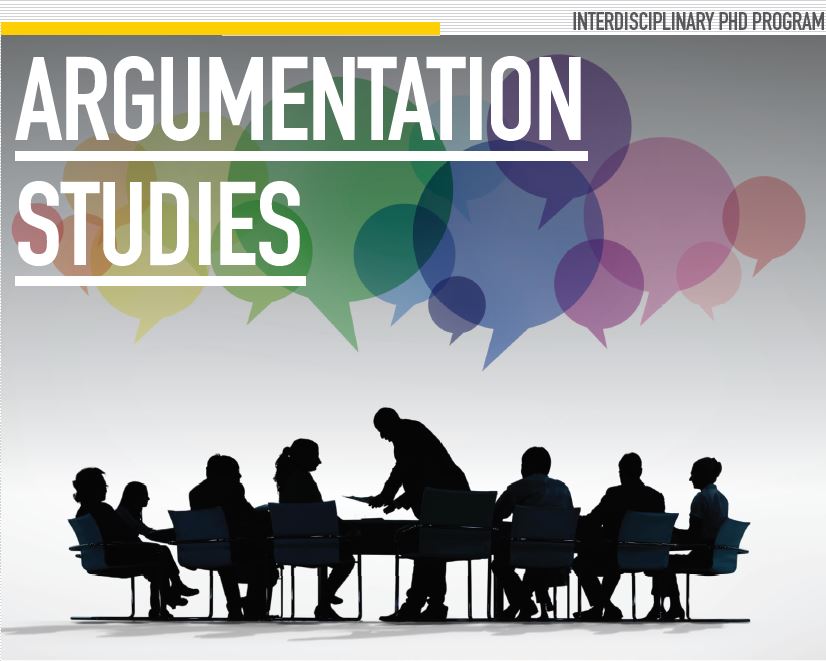Location
McMaster University
Document Type
Paper
Start Date
1-6-2005 9:00 AM
End Date
1-6-2005 5:00 PM
Abstract
A number of increasingly sophisticated technologies are now being used to support complex decision-making in a range of contexts. This paper reports on work undertaken to provide decision support in the discretionary domain of sentencing by referring to a recently created Toulmin argument based model that involves the interplay and weighting of relevant rule-based and discretionary factors used in a decisional process. Judicial discretion, particularly in the sentencing phase, is one of the mainstays of justice systems that favour individualised justice. The study discusses the modelling process in Victorian courts in Australia, where the handing down of an appropriate custodial or non-custodial sentence requires the consideration of many factors. Tools and techniques used to capture relevant expert knowledge and display it both as a paper model and as an online prototype application are discussed.
Creative Commons License

This work is licensed under a Creative Commons Attribution 4.0 International License.
Included in
Toulmin-based computational modelling of judicial discretion in sentencing
McMaster University
A number of increasingly sophisticated technologies are now being used to support complex decision-making in a range of contexts. This paper reports on work undertaken to provide decision support in the discretionary domain of sentencing by referring to a recently created Toulmin argument based model that involves the interplay and weighting of relevant rule-based and discretionary factors used in a decisional process. Judicial discretion, particularly in the sentencing phase, is one of the mainstays of justice systems that favour individualised justice. The study discusses the modelling process in Victorian courts in Australia, where the handing down of an appropriate custodial or non-custodial sentence requires the consideration of many factors. Tools and techniques used to capture relevant expert knowledge and display it both as a paper model and as an online prototype application are discussed.

